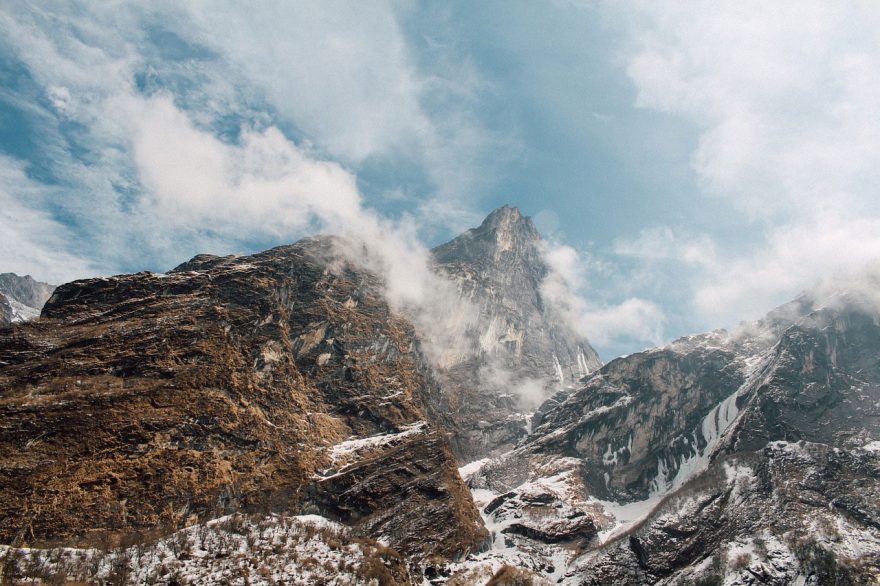
This article should, by no means, replace the advice of any medical professional.
It can happen to absolutely anyone and even at just a few thousand feet up from sea level. This is one of the reasons altitude sickness is far too often overlooked, especially by the weekend warriors.
In case you don’t know, altitude sickness refers to your body’s reaction to very low amounts of oxygen. It is an incredibly serious illness if it isn’t identified and dealt with in the correct way. It can even be fatal in the worst-case scenarios.
Of course, the higher you are hiking, the more chance you have of suffering from altitude sickness. There are three variations of the sickness you should be aware of:
- Acute Mountain Sickness – mild and most common
- High-Altitude Cerebral Edema – this is more serious and the brain will begin to swell
- High-Altitude Pulmonary Edema – your lungs will begin to fill with fluid
Symptoms
It is very important that you are aware of the symptoms around altitude sickness so that you can spot is for yourself and for anyone else in your group. Altitude sickness can come on very suddenly or gradually and the symptoms can include but are not limited to:
- Feeling nauseous
- Faster heart rate
- Sore head
- Dizziness
- Unable to sleep
- Tiredness
More serious symptoms:
- Short of breath at rest
- Confusion
- Skin color change to blue, gray or pale
- Coughing (and coughing up blood)
- Tight chest
- Harder/inability to walk in a straight line
How to Deal with It
If you, or anyone in your party, is suffering from altitude sickness, you should attempt to descend as soon as you can. This should help to alleviate some of the symptoms.
Professional medical assistance is always highly recommended if symptoms persist or become very serious. Under any circumstance, do not attempt to stick it out if you are suffering as this will only make your situation worse and potentially fatal.
That said, if the symptoms are mild and it is looking like acute mountain sickness, then your body should be able to recover on its own if you give it time to adjust. Attempt to descend to a point you didn’t feel sickness and gradually make your way back up once you have adjusted.
If the symptoms are more serious, the person suffering should be taken/carried down to a lower altitude immediately and a call for medical assistance should be made as quickly as possible.
You can purchase over-the-counter medication for altitude sickness, such as ibuprofen or aspirin. This will help to get rid of headaches and nausea, however, won’t help for more serious sickness.
The Risk
You can evaluate your risk of suffering from altitude sickness to a certain extent. If you managed well with venturing high before, you are at less risk of suffering. However, nobody is 100% safe from getting ill and this should always be kept at the back of your mind.
Men, especially aged between 16 and 25, are at most risk than any other age or gender. Unfortunately, altitude sickness doesn’t discriminate against fitness levels, meaning even if you are super fit, you are still at risk. It is important to never become complacent.
Of course, if you are of bad health, such as breathing or heart problems, you will be more at risk than others. You should consider consulting with your doctor in advance of setting off up the mountain.
 Your Privacy Choices
Your Privacy Choices
 The
The